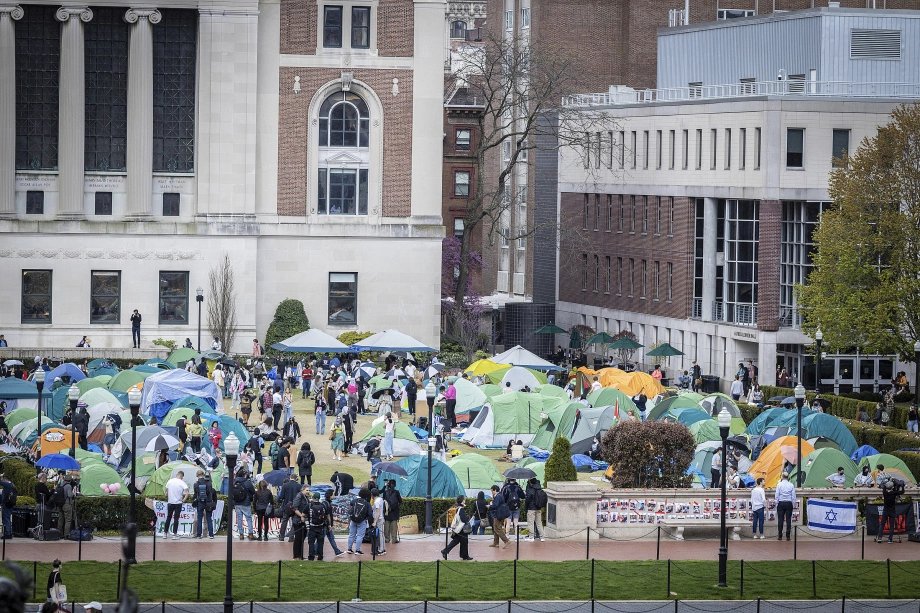In recent years, the relationship between former President Donald Trump and American universities has evolved into a combative saga filled with ideological clashes, funding threats, immigration controversies, and cultural warfare. What started as subtle disagreements over policies and political correctness has now exploded into a full-scale rhetorical and legislative war. Trump’s war on American universities isn’t just about institutions of learning — it’s a broader fight for the cultural, political, and ideological future of the United States.
### The Origins of the Conflict
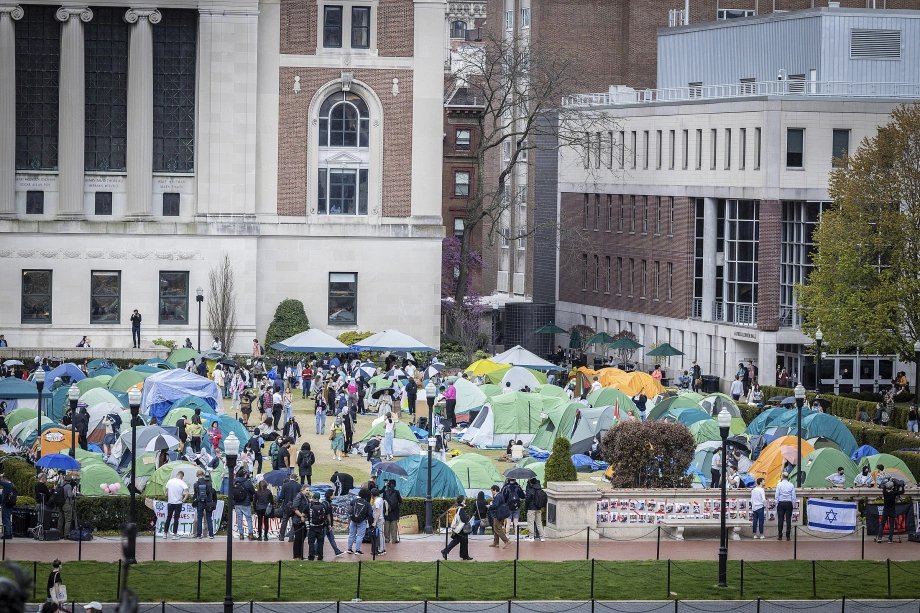
The tension between Donald Trump and academia predates his presidency. Even during his campaign in 2016, Trump frequently mocked “elites” and pointed to universities as bastions of left-wing ideology. He painted a picture of higher education as a place where conservative voices were silenced, free speech was endangered, and radical liberalism was indoctrinated into students.
His rhetoric struck a chord with millions of Americans who already felt alienated by the intellectual and cultural dominance of liberal institutions. These sentiments were further fueled by growing concerns over rising tuition fees, student debt, and what many perceived as an increasing detachment of academia from the “real world.”
### Attacks on Academic Freedom and Political Correctness
Once in office, Trump wasted no time escalating his rhetoric. He accused universities of suppressing conservative viewpoints and publicly criticized schools that did not allow right-wing speakers to present on campus. His administration proposed policies that threatened federal funding for schools that allegedly violated free speech protections.
In 2019, Trump signed an executive order requiring colleges and universities to certify that they support free speech as a condition for receiving federal research funds. Though framed as a measure to promote open dialogue, critics saw it as a political tool to pressure institutions into hosting more conservative voices, regardless of academic standards or campus safety concerns.
This act marked a turning point in the war: a shift from rhetoric to policy.
### Immigration Policy and the Student Visa Crisis
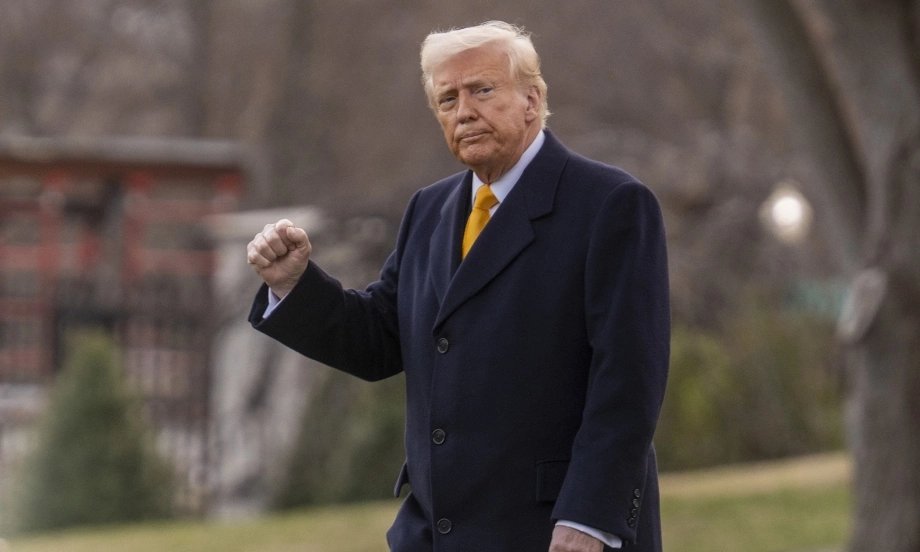
One of the most contentious aspects of Trump’s war on universities came during the COVID-19 pandemic in 2020, when his administration moved to revoke visas for international students whose courses moved online due to health concerns. The policy was met with immediate backlash from top universities, including Harvard and MIT, which filed a lawsuit against the administration.
The proposal was eventually rescinded, but the damage was done. International students — who contribute billions of dollars to the U.S. economy and enrich campus diversity — began to feel unwelcome. Enrollment from abroad declined, and universities had to deal with the ripple effects of what many saw as an ideologically driven decision that ignored the realities of academic life during a global crisis.
### Targeting Elite Institutions and Scientific Research
Trump also launched repeated verbal attacks on elite schools such as Harvard, Yale, and Stanford, accusing them of promoting anti-American values and engaging in “woke” indoctrination. He often contrasted these institutions with trade schools and community colleges, which he praised for offering “real” education that leads to “real” jobs.
At the same time, his administration took aim at research funding. The White House sought to slash budgets for the National Institutes of Health (NIH), the National Science Foundation (NSF), and other agencies critical to scientific advancement. The justification? To cut costs and refocus resources on areas that aligned more closely with Trump’s “America First” agenda.
This move was seen by many in the academic and scientific communities as a direct assault on knowledge production and intellectual autonomy.
### Shifting the Narrative: “Patriotic Education” vs. Critical Theory
Perhaps the most ideologically charged moment in Trump’s war on universities came with his push for “patriotic education.” In direct response to academic programs that addressed systemic racism, colonial history, and inequality, Trump introduced the 1776 Commission — a government panel tasked with promoting a version of American history that emphasized national pride and traditional values.
This was widely interpreted as an effort to combat the influence of The 1619 Project, a New York Times initiative that reexamined U.S. history through the lens of slavery and racism. Trump denounced the project as “toxic propaganda” and claimed that it was teaching students to hate their country.
The backlash was immediate and fierce. Historians, educators, and university leaders condemned the 1776 Commission for promoting historical inaccuracies and political propaganda under the guise of education.
### The Culture War on Campus
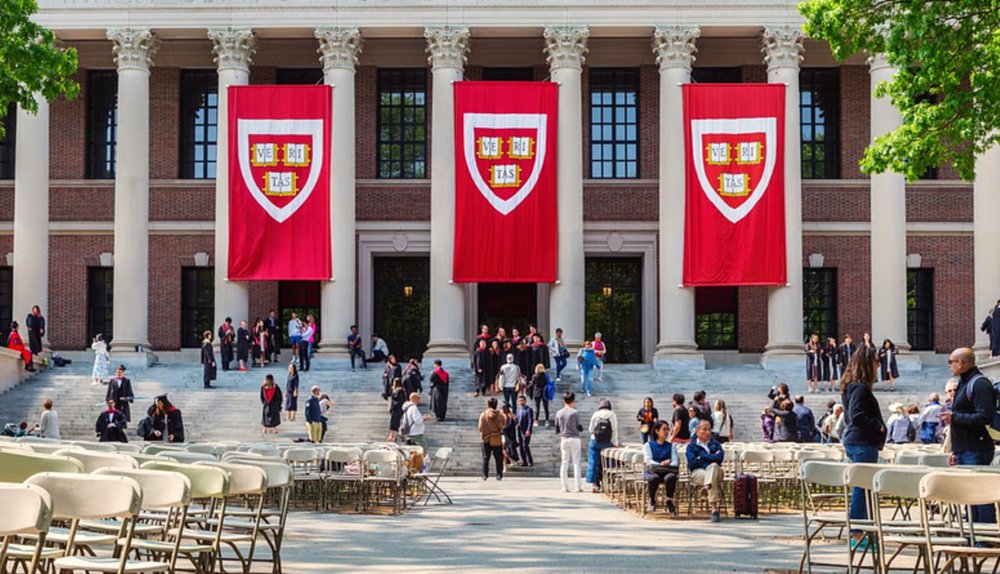
Beyond policy, Trump’s influence has deeply affected campus culture. The former president became a symbol in ongoing debates about cancel culture, safe spaces, and trigger warnings. Conservative student groups often cited Trump’s combative style as inspiration, while progressive students viewed his administration as a threat to inclusivity and diversity.
Tensions erupted at multiple campuses over planned speeches by controversial figures, often ending in protests, counter-protests, and even violence. This polarization has created an atmosphere of fear, distrust, and division — ironically undermining the core educational mission of fostering dialogue and critical thinking.
### Financial Repercussions and Public Perception
Trump’s war on universities also coincided with a broader public shift in attitudes toward higher education. According to Pew Research surveys conducted during and after his presidency, Republicans increasingly view universities as negative influences on the country. Public trust in higher education institutions, especially among conservatives, has eroded.
This has had real consequences. State legislatures, often influenced by Trump-aligned leaders, have moved to restrict what can be taught in classrooms — particularly with regard to race, gender, and sexuality. Some have cut public funding to institutions perceived as too liberal, while others have demanded greater oversight and control over faculty hiring and curricula.
These developments threaten not only academic freedom but also the financial viability of institutions already struggling with declining enrollment and budget shortfalls.
### The Broader Implications for American Society
Trump’s war on American universities is not just about education. It’s part of a larger ideological battle over the future of the United States. Universities have long been pillars of liberal democracy, spaces where ideas could be challenged, debated, and tested. By undermining these institutions, Trump has sought to reshape the cultural and political landscape to better reflect his vision of nationalism, populism, and traditionalism.
The impact of this war extends far beyond the classroom. It affects the next generation of leaders, the production of scientific knowledge, the global reputation of U.S. academia, and the integrity of democratic discourse.
### The Response from Academia
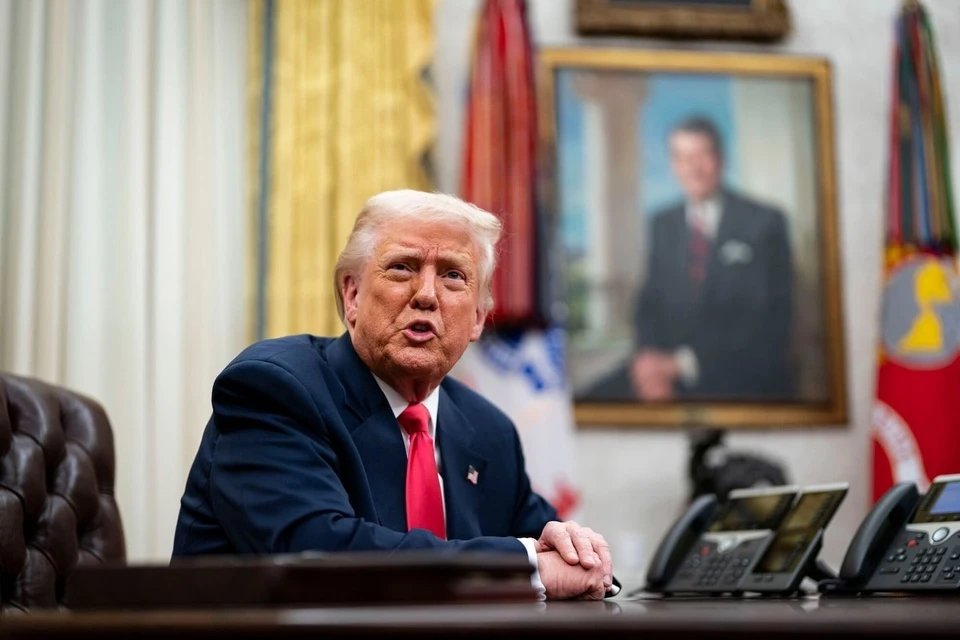
In the face of these attacks, universities have not remained silent. Many academic leaders have defended the importance of free inquiry, diversity, and the global exchange of ideas. Institutions have reaffirmed their commitment to truth and evidence-based learning, even as they navigate a more hostile political environment.
Some schools have ramped up initiatives to promote civic education and counter misinformation. Others have increased outreach to conservative communities in an attempt to bridge the widening cultural divide. Yet the challenge remains: how can higher education maintain its independence and relevance in a society increasingly skeptical of its value?
### Conclusion: A War With Lasting Consequences
Trump’s war on American universities has fundamentally altered the way higher education is perceived and politicized. What once was a shared belief in the value of knowledge and intellectual pursuit has become a battleground for ideological supremacy.
As the country moves forward, the wounds from this conflict will take time to heal. Restoring faith in higher education will require not only policy changes but also a renewed national dialogue about the purpose of universities and their role in a democratic society.
In the end, the question is not whether universities can withstand political pressure — they’ve done so for centuries. The real question is whether the nation can survive without them as free and vibrant centers of thought, debate, and innovation.
